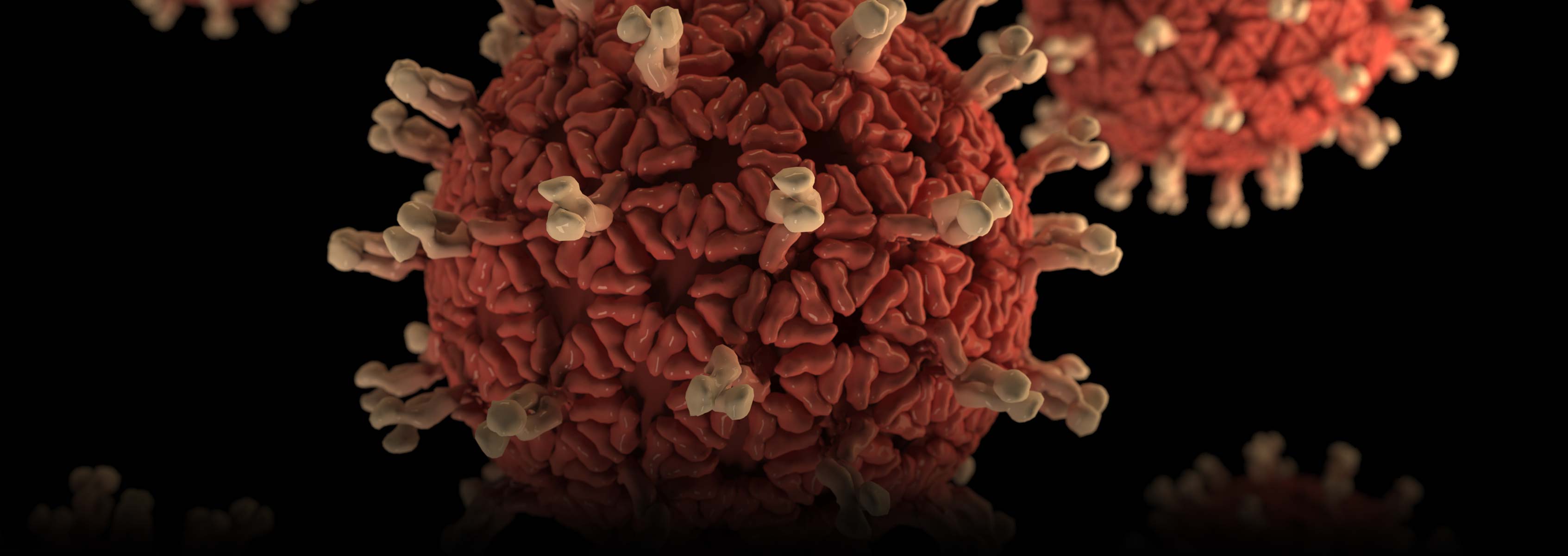Genetic Diversity and Evolutionary Dynamics of Rotaviruses

Rotavirus is regarded as the worldwide leading cause of severe acute dehydrating diarrhoea in young children and majority of animal species. So far seven rotavirus groups (A to G) have been identified; each group can be divided further into subgroups and genotypes. Currently, there are 23 different G types encoded by the VP7 gene and 32 different P types encoded by the VP4 gene associated with group A rotavirus. Of these different G- and P-types, only four G-types (G1, G2, G3, G4) and one P-type (P1A[8]) are included in Rotateq vaccine, while Rotarix contains G1P1A[8]. These 23 different G types and 32 different P types can form different combinations that further contribute to the high genetic diversity of rotavirus. Such combination may challenge the effectiveness and efficacy of the available rotavirus vaccines.
The specific strains circulating in underdeveloped regions with lower vaccine efficacy are likely different genetically and antigenically from those circulating in more developed countries for which the current vaccines are designed. As part of this project, we will assess rotavirus vaccine efficacy by sequencing rotavirus from fecal samples of pediatric patients with gastroenteritis in sub-Saharan Africa. In addition, rotavirus from vaccinated and placebo-treated patients enrolled in vaccine trials in Ghana and India will also be sequenced, along with surveillance samples from the U.S. to determine if vaccines are driving rotavirus A genetic/antigenic evolution.
Funding
Research reported in this publication was supported by the National Institute Of Allergy And Infectious Diseases of the National Institutes of Health under Award Number U19AI110819. The content is solely the responsibility of the authors and does not necessarily represent the official views of the National Institutes of Health.